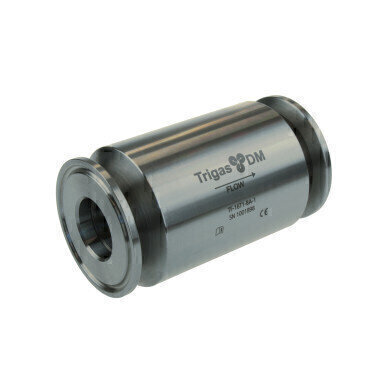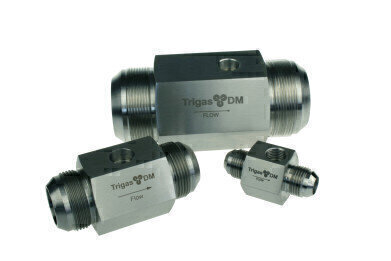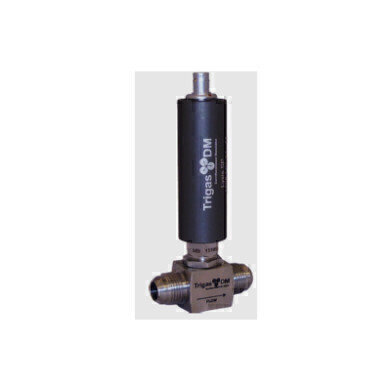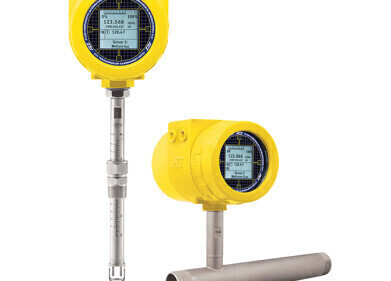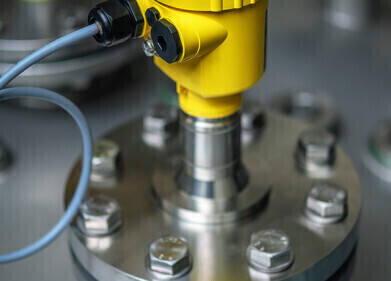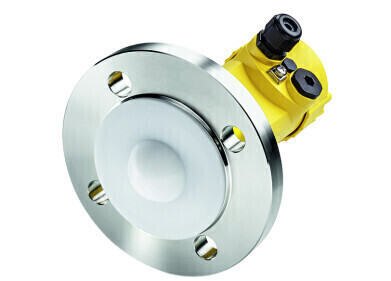Flow Level Pressure
Accuracy Of Turbine Flowmeters With Variable Viscosity Fluids
Jul 17 2018
Critical flow metering within hydraulic and low flow systems within the Petro/Offshore Industry can be influenced by the impact of temperature upon viscosity.
Flowmeters are often chosen according to the specifications as listed within the documents supplied by the manufacturer. It is only later, when the instrument is being used under actual operating conditions, that an engineer can assess the validity of those specifications.
At this point it is important to state that the efficacy of a manufacturers specifications at calibration conditions is not being questioned. However, the unknown variables (from a manufacturers point of view) of an actual application can sometimes have an impact on the measured results as seen from the engineers point of view. Differences in accuracy under actual operating conditions can be significant and from that latter point of view can differentiate between a “highly accurate device at calibration conditions” and a “highly accurate device in my particular application”.
The example below is supplied by a major calibration laboratory. Calibrations are performed with DAkkS certified test benches according to the ISO 17025 norms. Two turbine flowmeters were selected; once being the DM-16 turbine flowmeter from TrigasDM and the other being a competitive product within the same price bracket. For this discussion we can call this turbine flowmeter 2.
Turbine flowmeter 2 is specified in the manufacturer’s leaflet for hydraulic oil applications. Accuracy should be better than 2% OR (Of Reading) for viscosities between 0… 100 mm²/s. It has a 4… 20 mA output, which is scaled over 0…120 l/min.
The tests below were conducted within the acceptable viscosity range; specifically at 10 mm²/s and 50 mm²/s.
At a low viscosity of 10 mm²/s flowmeter 2 stays within the 2% accuracy limit at above 90% of the range. But at the low flowrates deviations increases up to 30%. This may be acceptable if the customer is not running the device in the lower 10% range.
However, performance deteriorates as the viscosity increases to 50 mm²/s. Below 75% of the range the deviations rise above 2% and up to 34%.
Clearly, the higher the viscosity, the worse the deviation. It is possible that this variation was not envisioned when the engineer originally studied the sales brochure. Should he operate the device at two different viscosities his measured results will vary between 70% (at about 12% of the range) and 2% (at 100% of the range).
Test Results For Trigas DM-16 :
The TrigasDM turbine DM-16 with the same measuring range was compared to the data obtained above.
raw frequency output for the DM-16 also showed similar deviations at low flowrates, but a better performance at higher rates. Still this is not an ideal solution for an oil application.
If the customer knows that he has a media with changing viscosities (because of the use of different media or just because of certain temperature changes), his flowmeter should be able to recognize and respond to these changes.
For turbines in oil applications of varying viscosity, TrigasDM applies a UVC calibration. Multiple calibration curves are generated within the viscosity range that the customer expects during operation. The data is then combined into a Universal Viscosity Curve (UVC) which is used by the electronics to compensate in real time for changing viscosities.
The UVC calibration is only one of the features that speaks in favour of this device. The highly precise construction of the DM-turbine makes it more responsive to viscosity shifts and consequently more predictable when UVC principles are applied. Additionally, because of its proprietary blade design, it also generates a surprisingly low pressure loss.
The UVC correction, when applied using the TrigasDM Lysis/TriLIN Electronics, generates both frequency and analog outputs which are linearized and compensated for viscosity and consequently directly proportional to actual volumetric or mass flowrate.
Conclusion:
Engineers who are looking for flowmeters for oil applications should talk to their suppliers in detail about the accuracy at changing viscosities. As seen however, advanced modern turbines, which are specifically designed for applications with changing viscosities, meet many all of the requirements of high technology flowmeters in relation to a long-life, low pressure drop, high accuracy and proven reliability.
For further information please click here.
Digital Edition
PIN 25.1 Feb/March
March 2024
In This Edition Safety - The technology behind the ION Science Tiger XT - Safety with ammonia and LOHCs as hydrogen carriers Analytical Instrumentation - Discussion on new tribology te...
View all digital editions
Events
Apr 28 2024 Montreal, Quebec, Canada
Apr 30 2024 Birmingham, UK
May 03 2024 Seoul, South Korea
May 05 2024 Seville, Spain
May 06 2024 Riyadh, Saudi Arabia
